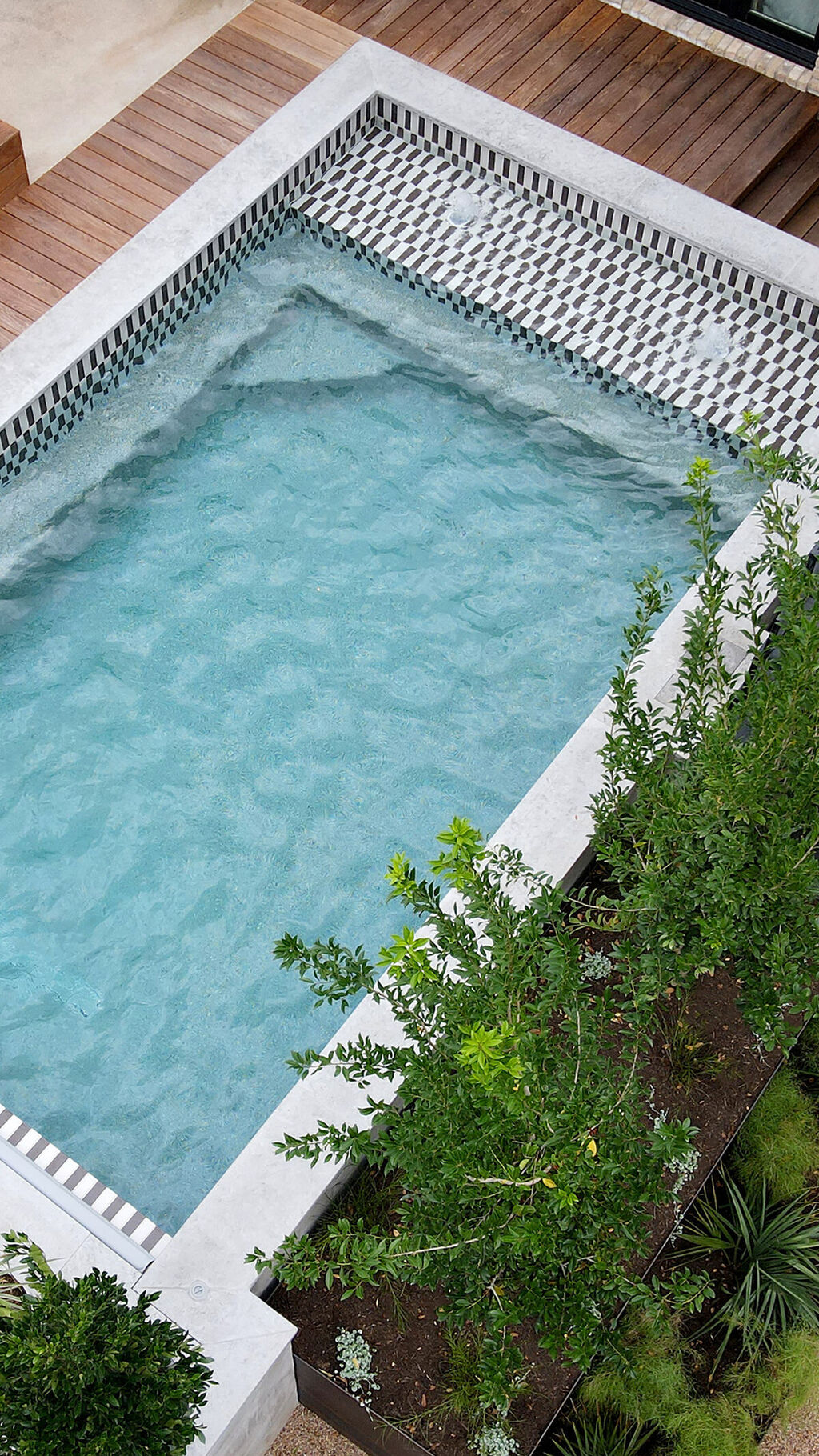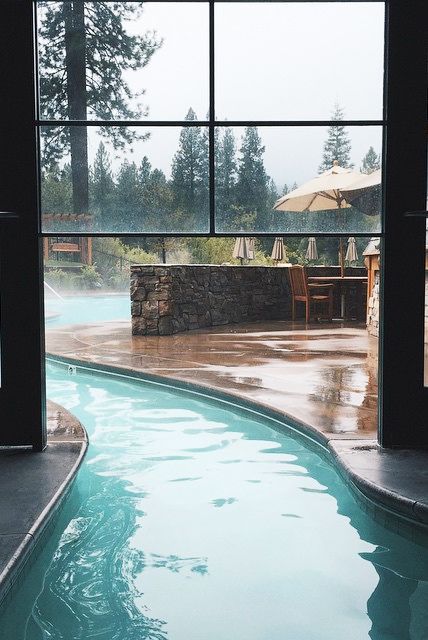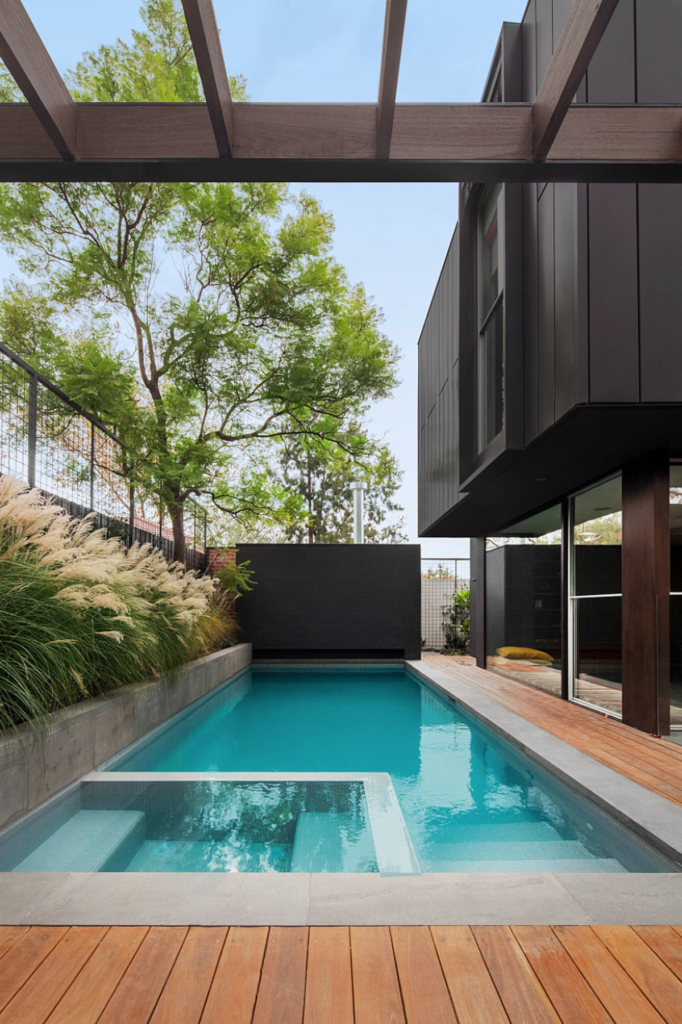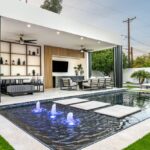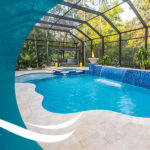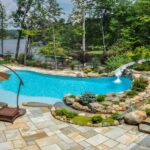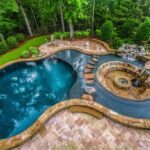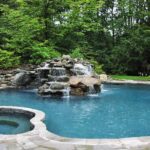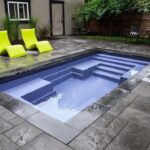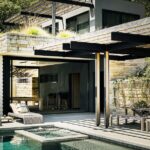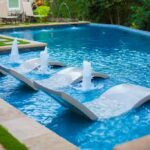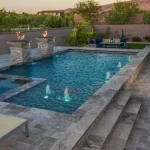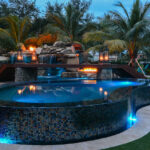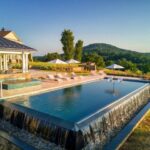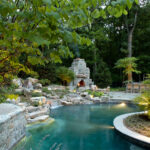When it comes to designing a pool, there are a multitude of options to consider. From the size and shape to the materials used, every detail plays a crucial role in creating a functional and visually appealing pool. One of the first decisions to make is the shape of the pool. Rectangular pools are common and provide a classic look, while freeform pools offer a more natural and organic feel. The shape of the pool should complement the surrounding landscape and architecture of the home.
Another important aspect of pool design is the material used. Concrete pools are durable and can be customized to any shape and size, making them a popular choice for many homeowners. Fiberglass pools are quick to install and easy to maintain, but may be limited in terms of size and shape. Vinyl liner pools are an affordable option, but they are not as durable as concrete or fiberglass pools. The material chosen should align with the budget and preferences of the homeowner.
The depth of the pool is also a critical factor in the design process. Shallow pools are ideal for families with young children or for those who want to incorporate a tanning ledge or shallow lounging area. Deeper pools are necessary for diving or swimming laps. It is essential to consider the intended use of the pool when determining the depth.
Incorporating additional features into the pool design can elevate the overall aesthetic and functionality of the pool. Water features such as waterfalls, fountains, or scuppers can create a tranquil atmosphere and add visual interest. Lighting is another important element, as it can enhance the ambiance of the pool area and extend its use into the evening hours. Fire features, such as fire pits or torches, can also create a warm and inviting atmosphere.
Finally, landscaping and hardscaping around the pool are essential to tying the design together. Plantings, such as trees, shrubs, and flowers, can soften the edges of the pool and create a more natural setting. Pavers, decking, or stone can provide a clean and elegant border around the pool. It is important to coordinate the materials and colors of the landscaping and hardscaping with the pool design to create a cohesive and visually appealing outdoor space.
